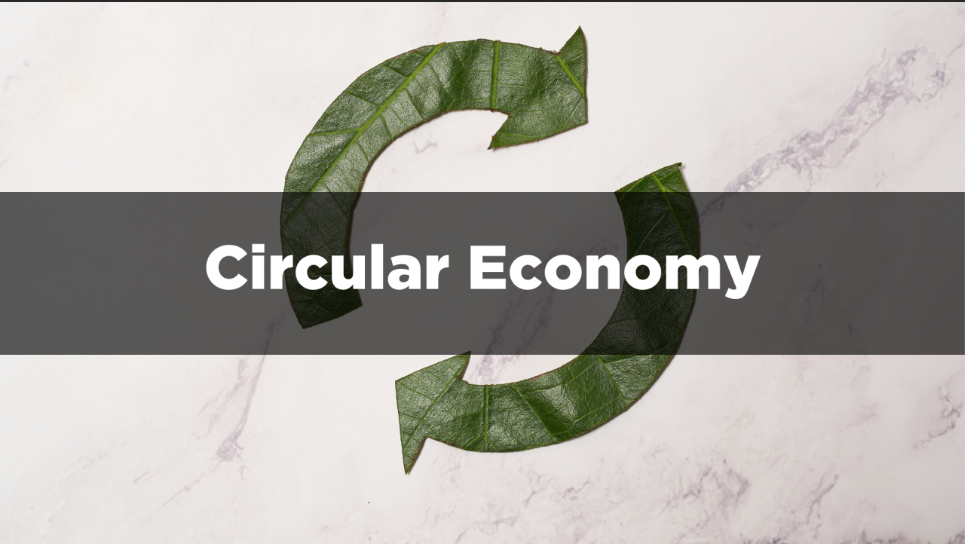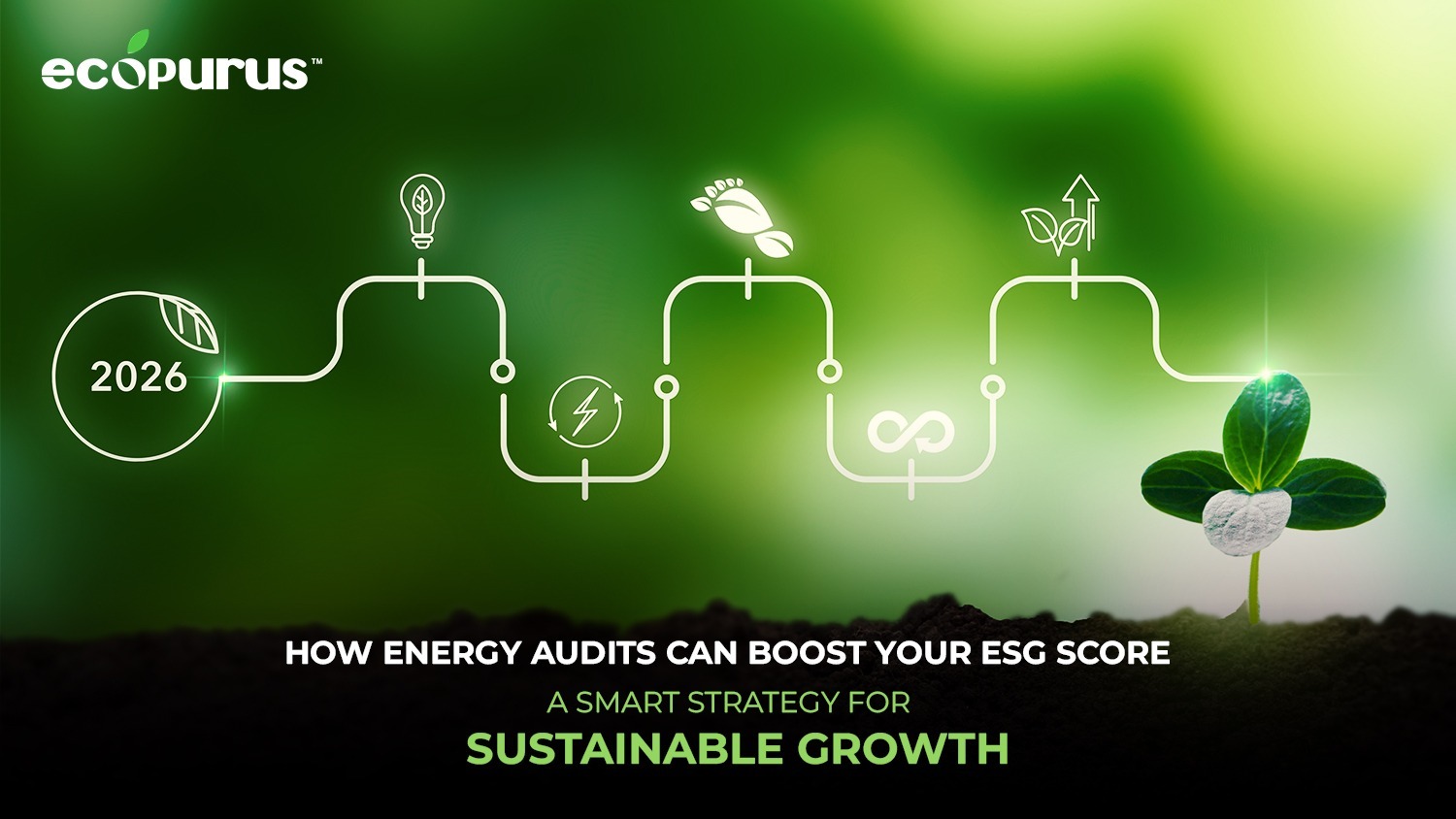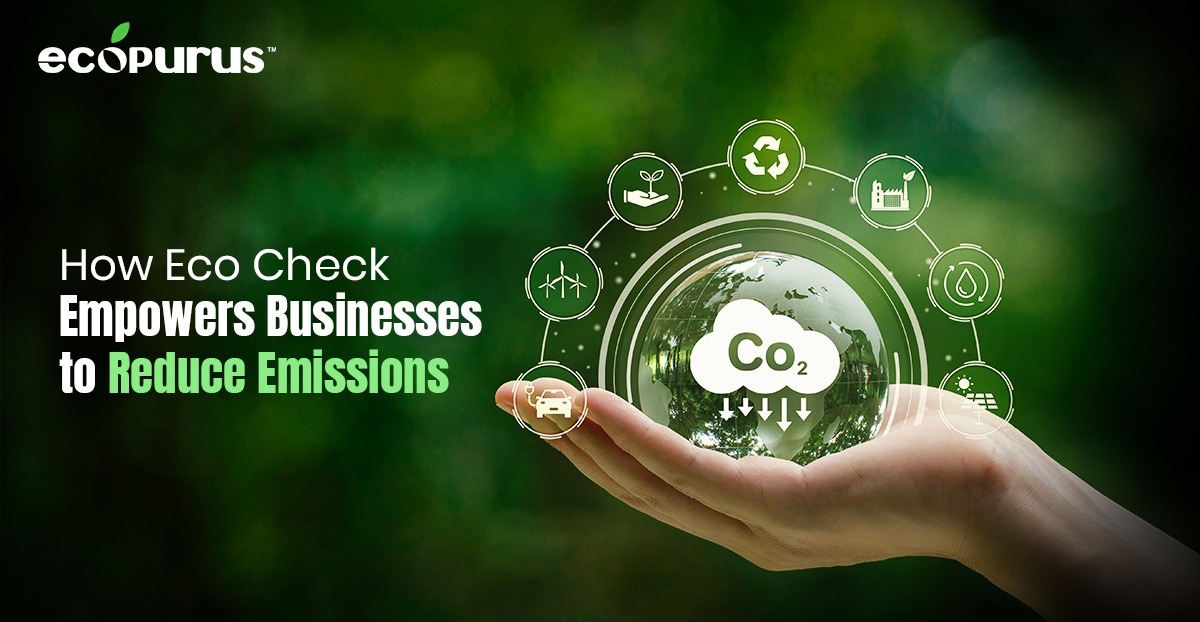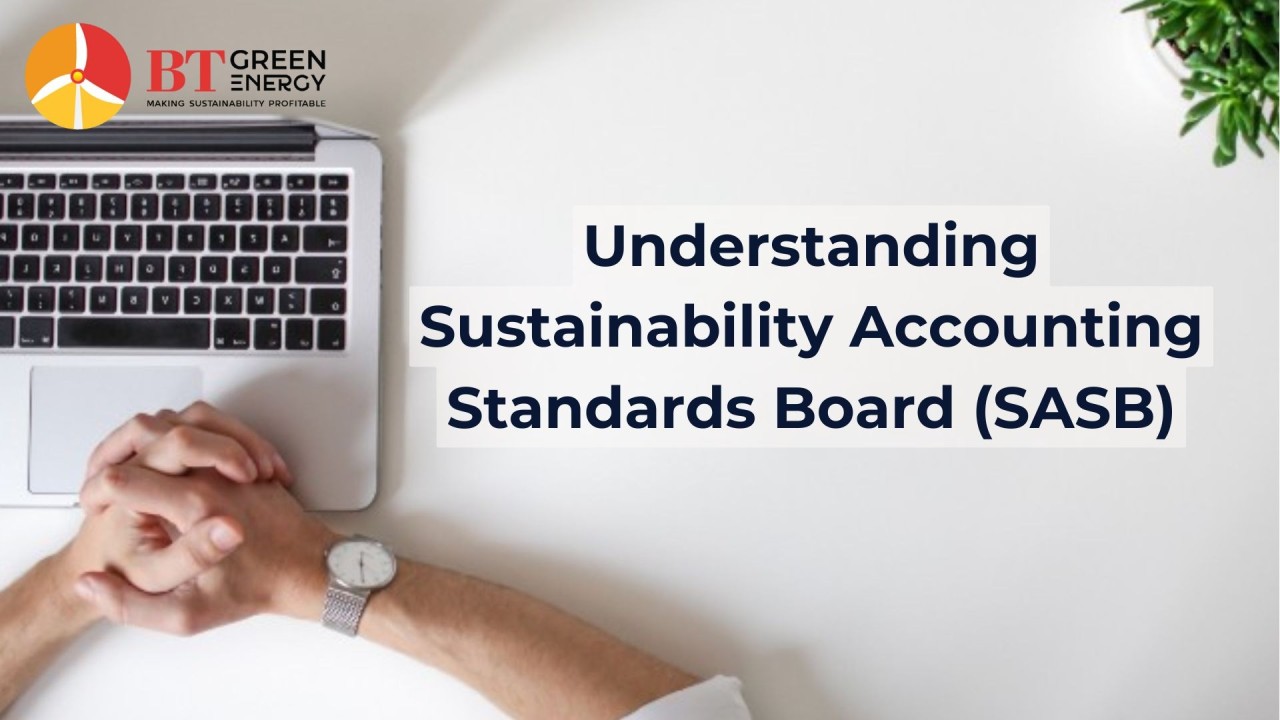
Circular Economy
The traditional linear economy—based on the “take, make, dispose” model—has led to resource depletion and environmental degradation. In contrast, the circular economy offers a regenerative approach, emphasizing resource efficiency, waste minimization, and sustainable growth. For Indian corporates, transitioning to a circular economy is not only an environmental imperative but also a strategic business opportunity.
Understanding the Circular Economy
The circular economy involves designing out waste and pollution, keeping products and materials in use, and regenerating natural systems. It fundamentally reimagines product lifecycles and supply chains, promoting closed-loop systems where materials are continuously repurposed. As per research, circular economy principles can unlock additional $4.5 trillion in global economic output by 2030.
Circular Economy in India
Indian corporates stand to gain significantly from adopting circular economy principles. Key benefits include:
- Cost Savings: Reduction in raw material costs through efficient resource use and recycling. For instance, the Indian manufacturing sector can save up to $624 billion annually by 2050 through resource efficiency and circular economy practices.
- New Revenue Streams: Development of secondary markets for refurbished and remanufactured products. The global market for refurbished electronics alone is expected to reach $94.1 billion by 2030.
- Enhanced Brand Value: Meeting consumer demand for sustainable practices can improve brand loyalty and market share. A Nielsen survey found that 73% of Indian consumers are willing to pay more for sustainable products .
- Regulatory Compliance: Proactive adoption of circular practices can ensure compliance with evolving environmental regulations, such as the Extended Producer Responsibility (EPR) rules for e-waste management in India .
Strategic Implementation of Circular Economy Practices
Redesigning Products and Processes
- Design for Longevity: Focus on durability and easy repairability. For example, implementing modular designs in consumer electronics can extend product life by 2-3 times, reducing electronic waste significantly .
- Material Innovation: Use of biodegradable or recyclable materials. Indian companies can explore alternatives such as bioplastics, which are projected to grow at a CAGR of 16.1% from 2020 to 2027.
- Extending Product Lifecycles: Establish in-house or partner networks for product repair and refurbishment.
- Closing the Loop: Implement programs to reclaim products at the end of their life cycle. Companies implementing take-back schemes have seen a 15-25% increase in customer retention rates. Collaborate with other industries to use waste as a resource.
- Leveraging Technology: Use IoT to monitor product usage and optimize maintenance schedules, extending product life. IoT-enabled predictive maintenance can reduce equipment downtime by up to 45% . Implement blockchain technology to ensure transparent and traceable supply chains, fostering trust in recycled materials. Employ AI for predictive maintenance and optimizing recycling processes.
Integrating Renewable Energy into the Circular Economy
- Sustainable Energy Sources: Incorporate renewable energy sources such as solar, wind, and biomass into manufacturing processes. Transitioning to renewable energy can reduce greenhouse gas emissions and operational costs. The Indian government aims to achieve renewable energy capacity of 450 GW by 2030.
- Energy Efficiency: Implement energy-efficient practices and technologies in production facilities. Utilizing renewable energy can enhance overall resource efficiency and support circular economy goals.
- Battery Storage: Develop and integrate energy storage solutions to manage intermittent renewable energy supply. Battery storage systems can provide reliable power, reducing dependence on fossil fuels.
- Smart Grids: Invest in smart grid technology to optimize energy distribution and consumption. Smart grids can facilitate the integration of renewable energy into the circular economy, ensuring a stable and efficient energy supply.
You can also mail us at contact@btgreenenergy.com and understand how to adopt renewable energy over a free consultation call.
Industry Partnerships
- Collaborative Innovation: Engage in partnerships for research and development of circular solutions.
- Supply Chain Integration: Work with suppliers to ensure sustainable sourcing and reduce environmental impact across the value chain.
- Engage with Policymakers: Advocate for favorable policies and incentives that support circular economy practices.
- Public-Private Partnerships (PPPs): Participate in PPPs to develop infrastructure for waste management and recycling.
Measuring and Reporting Circular Economy Performance
Key Performance Indicators (KPIs)
- Resource Efficiency Metrics: Track material input per unit of product output. Companies can aim for a 30-50% improvement in resource efficiency .
- Waste Reduction Metrics: Measure the percentage reduction in waste generation. A target of zero waste to landfill by 2025 is achievable for many sectors .
- Circular Revenue Metrics: Monitor revenue from circular activities such as recycling, refurbishment, and PaaS. Circular activities can contribute up to 20% of total revenue in the next decade .
- Sustainability Reporting: Include circular economy metrics in sustainability reports. Adhere to global standards such as the Global Reporting Initiative (GRI) and the Task Force on Climate-related Financial Disclosures (TCFD) .
- Stakeholder Engagement: Regularly communicate circular economy progress to stakeholders, including customers, investors, and regulatory bodies. Transparency can enhance stakeholder trust and support .
Leading the Way Towards a Sustainable Future
For Indian corporates, the shift towards a circular economy is both a strategic necessity and an opportunity for leadership in sustainability. By redesigning products and processes, leveraging technology, fostering collaborations, and advocating for supportive policies, businesses can not only enhance their competitiveness but also contribute significantly to India’s sustainable development goals.
Adopting circular economy practices requires a paradigm shift, but the long-term benefits far outweigh the initial investments. Indian corporates have the potential to set global benchmarks in circularity, driving innovation and sustainable growth for a resilient future.
Post a comment Cancel reply
Related Posts
How Energy Audits Can Boost Your ESG Score: A Smart Strategy for Sustainable Growth
How Energy Audits Can Boost Your ESG Score: A Smart Strategy for Sustainable Growth In…
How Eco Check Empowers Businesses To Reduce Emissions
How Eco Check Empowers Businesses To Reduce Emissions In today’s business landscape, climate responsibility is…
New SEBI ESG Debt Guidelines Raise the Bar—But Do Mid-Sized Companies Have a Ladder?
New SEBI ESG Debt Guidelines Raise the Bar—But Do Mid-Sized Companies Have a Ladder? SEBI’s…
Ecopurus Certification: Why It Matters And How To Achieve It
As people talk more about climate change and protecting the environment, businesses are expected to…











